|
Master Xu Yun (1840-1959) was adamant that everyone follows the Vinaya Discipline. Of course, although the Buddhist monastics have to follow all the hundreds of rules – the laity have to follow fewer (minus the ‘celibacy’) rules – but those that are followed are still ‘Vinaya’ rules. This is as well as the Bodhisattva Vows - which monastics and laity generally follow (as they do not demand ‘celibacy’). Therefore, a firm ‘moral’ (Sila) base is established that limits bodily movements and assist in the ‘stilling’ of the mind. Buddhist morality advocates psychological and moral ‘non-attachment' to worldly sensation. This in-turn prevents a stimulation of the mind that generates and encourages greed, hatred and delusion. With the three-taints ‘cut-off’ - the practitioner can effectively focus all their efforts upon looking within and realising the empty mind ground. Furthermore, there is a belief within Buddhist culture that by following a morally pure existence an individual guarantees a good rebirth either as a human-being or in one of the divine ‘heavens’ reserved for people who have acquired very good karma but who are not yet enlightenment. Taking this model into account, a devout ‘Buddhist’ guarantees a future rebirth free of the suffering generally associated with the lower realms of demi-gods, spirits and hungry ghosts, etc. Simply following moral rules, however, does not guarantee enlightenment even if it does generate a morally pure behaviour and conduct. Unless a Buddhist practitioner ‘looks’ firmly and carefully into the interior of the mind – and perceives the empty mind ground – no mind-development can take place. This means that although following arbitrary rules of conduct creates pure karma – this process in and of itself does not break the practitioner ‘free’ of the ‘samsaric’ cycles within which humanity in trapped. Just as the moral force of good karma eventually runs-out – an individual is then propelled back into the lower realms of existence to start the process all over again. This means that ‘suffering’ is transformed in a number of ways – but is never transcended and overcome. The Buddha’s path requires that the ridge-pole of karmic ignorance is permanently ‘broken’ once and for all, and for this to happen, morally purifying action must be undertaken so that the Buddha’s meditational methods can be fully applied in an efficient manner. If a person immorally behaves in the world and reinforces greed, hatred and delusion, then no amount of meditation will ‘uproot’ the three-taints and ‘clear’ the surface mind. Indeed, in such a situation, meditation in such a situation might well have the effect of strengthening and magnifying the three-taints and making their presence ever more obvious and domineering! Precepts, therefore, only work if the attention of the mind is firmly ‘turned within’ so that the meditator can clearly perceive the underlying reality of the empty mind ground. This is the exercising of the ‘Mind Precept’ as taught by Master Xu Yun and which is part of the Caodong Ch’an tradition. This is clearly explained throughout the Vimalakirti Nirdesa Sutra whilst never being mentioned by name. Unless the Buddhist method is being firmly applied to the mind – then all the precepts are relegated to ‘karma-purifiers’ and lose their enlightening function as ‘mind-realisers’. The hua tou and the gongan, for instance, are Ch’an methods for effectively ‘looking within’ - and it is through ‘looking within’ that the ‘Mind Precept’ is established. The empty mind ground is the essence of a) the mind and b) all phenomena. This means that all the hundreds of precepts of the Vinaya Discipline have the empty mind ground as their origination – with the understanding that this can only be known by ‘looking within’ and realising it as being so. By ‘looking within’ - the surface mind is ‘stilled’ and greed, hatred and delusion is fully and permanently ‘uprooted’. The emptiness of the mind eventually expands and becomes ‘all-embracing’ as it envelops all phenomena. This is how the ‘Mind Precept’ underlies all precepts and should serve as the foundation of genuine Buddhist self-discipline.
0 Comments
Master Xu Yun (1840-1959) inherited all Five Schools of Ch'an Buddhism. So respected was his spiritual attainments that he was even transmitted lineages that he had not formally trained within - but whose teachers recognised that his depth of insight, humility and compassion fully equalled the divine levels of attainment that their schools demanded! In other words, without going out of his room, he knew all things (to quote the 'Book of Changes'). Chinese culture is very different to that of the modern West - despite the obvious similarities and intersections. Within the schools of Chinese spirituality - individuals can live very long periods time - and lineages can be passed from long-dead Masters to living Teachers and Practitioners! There is no need to justify any of this, it is just how things are - pure and simple. Lineages are like streams that flow into mighty rivers and then the sea! A genuine lineage should have a compelling force all of its own that propels adherents toward the intended spiritual goal! A true lineage is like an ever-moving conveyor-belt that moves everything along - continuously - and in the same direction! We must all set a good example for our colleagues, students and descendants! If we cultivate virtue and set a good example - then by our pure actions we are 'adding' momentum to the lineages we represent!
Dear B
The Buddhist Sutras state that at the point of enlightenmet realisation - all karmic activity ceases and all gods-goddesses are understood to be non-existent. Indeed, the only karma left is the lifespan of the current human-body - which must be lived-out - but with any potential (debilitating) effects greatly diminished through the - volitionl capacity of subject-object attachment - being transcended. Of course, this matter is complicated by the Bodhisattva principle which states that an appropriate 'deluded thought' is produced at the point of physical death so as to initiate yet another bodily existence (through force of habit) - which is selflessly used to help all other life-forms - whatever they may be (human, animal, environment and alien, etc). Pali scholars suggest this Mahayana teaching is 'nonsense' - whilst Mahayanists consider it natural and inevitable - take your pick. However, when an existence is completely 'finished' (as with Buddha and Master Xu Yun) - the individual concerned enters 'parinrivana' and that is very much that. Remember, the gong-an (koan) literature contain a wealth of wisdom regarding these matters. When enlightened Masters are asked what they have been practicing of late - they often reply 'not even the four noble truths.' Why practice an expedient teaching when one's mind (and body) exists in a permanent state of integration with the ultimate position (i.e. the 'empty mind ground')? Zen Teaching of Instantaneous Awakening – Ch'an Master Hui Hai Translated by John Blofeld (1962)10/22/2020 Author’s Note: Charles Luk wrote this Foreword for the British Buddhist – John Blofeld – who had spent time in pre-Revolutionary China (working as an academic in the various Universities) studying Chinese Buddhism and Daoism in his leisure time. During that time, John Blofeld even had a personal encounter with Master Xu Yun (1840-1959) - the details of which are recorded in his biography entitled ‘The Wheel of Life’. John Blofeld also travelled all over Asia before marrying an Asian woman and settling in Thailand. The ‘materialism’ Charles Luk discusses requires clarification. The Buddha recognised that the physical world existed in-front of the senses and that the human mind was ‘attached to that which it ‘sensed’. This physical world, however, exists in a continuous state of flux (or ‘change’), and is ‘empty’ of any substantiality or permanent entity. In the enlightened state, the physical world does not ‘disappear’ as if by magic, but is rather transformed through the attainment and realisation that it is ‘free’ of self, ‘free’ of greed, ‘free’ of hatred and ‘free’ of delusion! The mind is disentangled from its habitual attachment to existing material externals, and the inherently ‘empty’ mind ground is realised, cultivated and developed (as described by the Cao Dong School’s Five Ranks). The Chinese Ch’an School combines the practical teachings of the Pali Suttas and the sublime teachings of the Mahayana Sutras and forms a perfect synthesis of understanding. Charles Luk uses the term ‘materialism’ to describe the mind’s attachment to physical externals, and humanity’s obsession with accumulation of wealth and material goods through the unbridled indulgence of ‘greed’. Charles Luk laments the fact that in the early 1960s, (the time of his writing), people were more interested in the accumulation of external profit, rather than the inner process of spiritual attainment. Whereas the exclusive possession of material goods seldom grants the assumed well-being associated with amassing profit – Charles Luk states that through the proper self-cultivation associated with the inner journey of Ch’an development, true peace of mind and relief from suffering is secured! This ability to ‘self-heal’ - Charles Luk says – resides in the minds of all human-beings! The material world is not necessarily or inherently ‘bad’ per se, but becomes so, depending upon how human-beings decide to relate to it. This is why the enlightened position of the Ch’an Master is described as being ‘neither attached to the (realised) void nor hindered by (the existing) phenomenal world’. Interestingly, Charles Luk discusses the concept of the ‘patient endurance of the uncreate’. After realising relative enlightenment, (or stage three of the Cao Dong School’s Five Ranks System), the perception of emptiness only exists within the mind (or ‘head’) of the individual practitioner. To traverse into the fourth and fifth positions of the Five Ranks – a practitioner must sit with ‘patience’ whilst contemplating the void with non-attachment and adjusting themselves to circumstances. This requires the maintaining of an ‘indifference’ to those circumstance. When this process is facilitated successfully, the emptiness within the head ‘expands beyond the bony limitation of the skull – and ethereally embraces the entire environment (and everything within it). Within phonetical Sanskrit the ‘patient endurance of the uncreate’ is written as ‘anutpattidharmakshanti’, whilst in Sanskrit script it is written as ‘अनुत्पत्तिधर्मक्षान्ति’. ‘Anutpatti’ translates as ‘unborn’, ‘non-born’ ‘uncreated’ - whilst ‘dharma’ represents the ‘entirety of reality’, and ‘kshanti’ equates with ‘patient endurance’. Material reality both ‘exists’ and yet is ‘uncreated’. It takes the practice of the right method of meditation to understand this reality - whilst abiding within the state of eternal patience and endurance (or perseverance). The Standard Sanskrit Dictionary describes this state as being a ‘preparation for a future state, and acquiescence in the state and moral condition which is yet to come.’ A possible Chinese translation is - anutpatti (uncreate) ‘起源’ (Qi Yuan) or ‘that which has not yet come to fruition – but which will eventually germinate and spring-up and sprout from the ground (when watered)’ - reality (dharma) ‘達摩’ (Da Mo) which means ‘unencumbered material reality which is realised (and encountered) everywhere without hindrance’, and ‘尚蒂‘ (Shang Di) ‘to continuously uphold and esteem without hindrance or obstruction’. Therefore, the Sanskrit term ‘अनुत्पत्तिधर्मक्षान’ (anutpattidharmakshanti) is translated into the Chinese language as ‘起源 達摩尚蒂’ - although, of course, there may be other examples generated at different times and in various places as Dynasties (and policies) came and went. Incidentally, the ‘Da Mo’ is exactly the same as that found in the Chinese translation of the name of the Indian Buddhist monk Bodhidharma - ‘菩提達摩’ (Pu Ti Da Mo). ACW (22.10.2020) Dedication: Respectfully dedicated to that true Buddhist, learned scholar, and author and translator of many valuable Ch’an texts, Charles Luk FOREWORD by Charles Luk
The ancients had their unexcelled ways of teaching which seem strange to the people of this modern age of materialism, not only in the West but also in the East. For the human mind is now more concerned with material than with spiritual values; it seeks only the satisfaction of its ever-increasing desires – though these are the very cause of our sufferings – and it casts away ‘its own treasure house’, which is its paradise of eternal bliss. So long as we allow our minds to discriminate and to grasp at illusion, the ancient teaching will seem strange, even stupid and silly, to us. However, if we succeed in disengaging our minds from externals – that is if we stop all our discriminating and discerning – the profundity of that teaching will become apparent to us, for it inculcates not only theory but also that practice which will give immediate results in the sphere of reality; for a teaching cannot be regarded as complete unless it gives the practical method of reaching the ultimate goal. When the Great Pearl preached his Dharma of instantaneous Awakening, he taught its doctrine, its aim, its substance and its function; thus his teaching consists not only of the right interpretation and correct understanding of theory but also of the practical realisation of substance and function, which are the two essentials of complete enlightenment. In other words, he taught the right Dharma which is immanent in everyone and which does not come from outside. The Master’s numerous quotations from Mahayana Sutras, together with his unsurpassed interpretations and comments, show that all great master read the whole Tripitaka before or after their enlightenment, and refutes the unjustifiable contention that sutra can be dispensed with in the Transmission of Mind introduced into China by the Twenty-Eighth Patriarch Bodhidharma. The Great Pearl urged his listeners not to let their minds abide anywhere and at the same time to keep from illusory non-abiding, so that a state of all-pervading purity and cleanness would appear of itself. And even this pure state should not be clung to, in order to release the mind from all remaining relatives and thereby attain realisation of the ‘patient endurance of the uncreate’ (anutpattidharmakshanti) which is an essential condition of complete enlightenment. Thus, his instruction followed exactly the same pattern of the Dharma as laid down by the Buddha who said in the Sutra of Complete Enlightenment that his disciples should keep themselves again and again from all illusions, including the illusionary idea of keeping from them, so as to wipe out all traces of subject and object until nothing further remained to be avoided – for only then could bodhi appear in full. Therefore, Part One of this book gives the Mahayana instruction for self-realisation of mind, for perception of self-nature and consequent attainment of Buddhahood. And Part Two contains the dialogues between the Great Pearl and those who came to him for instruction. If we seriously follow this teaching and practise self-cultivation, beginning with the mind as the starting point, there is every possibility that we shall succeed in reaching the same mental states as those described by the Great Pearl in his twenty-eight-line gatha. Charles Luk (Upasaka Lu K’uan Yu) Hong Kong When Master Xu Yun gave up his body in 1959 – he was 119-years-old and well within his 120th year of life – whilst being in his 101st year as an ordained Buddhist monk following the Dharma and Vinaya. As this was his ‘last’ incarnation’, he decided to die like the Buddha lying on his right-side (which he did without trouble in-front of Master Ti Guang). Many other Ch’an monastics and lay practitioners, however, attempt the tradition of ‘seated transformation’ (坐化 - Zuo Hua) - whereby an advanced Buddhist practitioner attempts to leave his or her body whilst sat upright in the crossed-legged meditation position. History records that some Masters have been able to leave and re-enter their bodies at will- even some days after being pronounced ‘dead’. It is said that a true Dharma-Successor is able to perform this feat as a demonstration of their enlightened realisation, and is often used as a method of quality-control even within modern China (where a surprising number of devout Buddhists still ‘die’ sitting-up in the proscribed manner). As Dharma-Practice requires a completely honest and compassionate mindset, all genuine Dharma-Successors are expected to at least try and pass away in this manner. This is my intention if conditions allow (with my partner photographing the process). Of course, there is no guarantee this process will unfold as intended, but the point is that I am willing try.
The paradox of the Chinese Ch’an tradition is that it expects lay-people and monastics alike to realise full enlightenment - ‘here and now’. What does this mean? Regardless of the circumstances of an individual’s life, the insight capacity of the mind must be turned inward with such a high degree of focus and precision, that perception is permanently ‘altered’ so to ‘see’ and ‘understand’ more than what was understood before. Being a Buddhist monastic is no guarantee of success in realising enlightenment, just as being a lay-person should be no barrier. Individuals will learn at their own pace and in their own way, with all kinds of psychological and physiological factors coming into play (traditionally referred to as ‘personal karma’). The ‘language of the uncreate’ is unique to Chinese Ch’an Buddhism and uses language in such a way that does not allow the habitual ‘dualism’ of conventional communication to come into play during an ‘enlightening’ interaction or dialogue. The convention of ‘dualism’ preserves delusive states of mind, and prevents clarity of insight from developing. This is why Ch’an masters (in ancient times) developed this mode of non-communication, although when Master Xu Yun (1840-1959) taught during the 19th and 20th centuries, he often used a modern example of logic and reason to describe the history, method and purpose of the Ch’an School. Indeed, whilst encouraging his disciples to fully penetrate (and realise) the empty mind-ground, he would often warn against the cultural habit of many people attending Ch’an Week Retreats to descend into ‘mystical’, or ‘nonsensical’ states of mind, each of which was nowhere near the authentic realisation of the empty mind ground! Uttering nonsense about ancient masters, does go much beyond the nonsense being uttered! However, once the empty mind ground is realised, then every word spoken by the Buddha is understood exactly and clearly, as is every odd action and utterances of the ancient Ch’an masters!
I am contacted every so often, and asked whether this site is still ‘active’ - as if its function is conventional and similar to the other sites. Of course, this is not true. The translation work that inspired Charles Luk (1898-1978), and (my teacher) Richard Hunn (1946-2006) was first suggest by the Venerable Old Monk – Xu Yun (虚云) [1840-1959) - because he had a dream (either sleeping or during meditation), that the Chinese Ch’an Dharma would spread to the West (as it historically had done from India to China), and that its methods would help endless numbers of Westerners. There was a time of intense activity, as I was provided with authentic Chinese language texts from my Mainland Chinese academic colleagues and fellow ethnic Chinese Ch’an practitioners. This activity has understandably slowed-down lately, as the amount of texts available has diminished. Our success has been to translate those readily available. More will undoubtedly become available in time, but I tend to prefer a more ‘natural’ approach to this process, and patiently ‘wait’ for genuine Chinese language texts to make themselves available. Although I am an academic specialising in the translation of Chinese historical and philosophical texts into English, the texts involving Xu Yun take a lot of spiritual energy to handle correctly. It is not a simple case of exchanging one set of words for another, as a deep and profound meaning must be a) perceived, b) understood, and c) translated and transliterated into a modern and reliable English translation. English speakers must receive (in their ethnic language) the correct meaning that Xu Yun (and his disciples) intended in their ethnic (Chinese) language. This is a special type of translating that is different to its conventional cousin. Simply exchanging words, (even the ‘correct’ word) is not good enough, as anyone with a dictionary and the requisite will-power can do that. I was trained by Richard Hunn for seventeen years, but even then, I was reticent to start translating full-time. Then, I met a number of very kind and encouraging Mainland Chinese people working in the UK, who encouraged me to start this project and formally take-over from Richard Hunn. As a consequence, we have built-up a compendium of good quality Chinese Ch’an texts that are rare in the West and designed to inspire readers to sit strongly and look within using the hua tou (Who is hearing?) - with a persistent (but gentle) power of concentration...
Poverty is not a problem, as it limits unnecessary travelling and pointless experiences. I am not saying that poverty is correct, or even preferred, but when it comes to remaining ‘stationary’ and having to study ‘here and now’, having no options premised upon purchasing power can be an advantage. Focusing upon ‘awareness’ here and now is a definite advantage if the objective is to develop meditational insight as the mind exists, rather than being taken with the external world of ever-changing phenomena. Indeed, the Vinaya Discipline is nothing but the acceptance of voluntary impoverishment, and if this reflects or mirrors actual impoverishment, more’s the better. This is because the Buddha rejects wealth premised upon the accumulation of material goods, and instead advocates the accumulation of spiritual insight and loving kindness toward all beings. The giving-up of self allows the individual to experience a new collectively with existence which is freeing, fulfilling and accepting of all difference. We may exercise our economic muscle and travel places to entertain the mind, but this process, although enriching in one sense (like a Viking raid), nevertheless delays the real work of directly facing the essence of the mind as it exists here and now, with all its impurities, depressions, insecurities and dysfunctions. Travelling from one place to another is as the Ch’an masters say – mistaking everything in-front of a horse and behind a cow – for the essence of the mind! Being ‘where we are’ is a powerful weapon in the fight against ignorance and the injustice of the world. No one can take away your profound acceptance of things ‘just as they are’ - as this acceptance in no way equates to ‘agreement’ with the status quo! Outer change, if it is to last, must come from within. The outer structures of society must emerge from the deepest recesses of the mind. How we live as a species must be an outer expression of the deepest functions of the inner psychic fabric...
|
Archives
March 2024
Categories
All
|
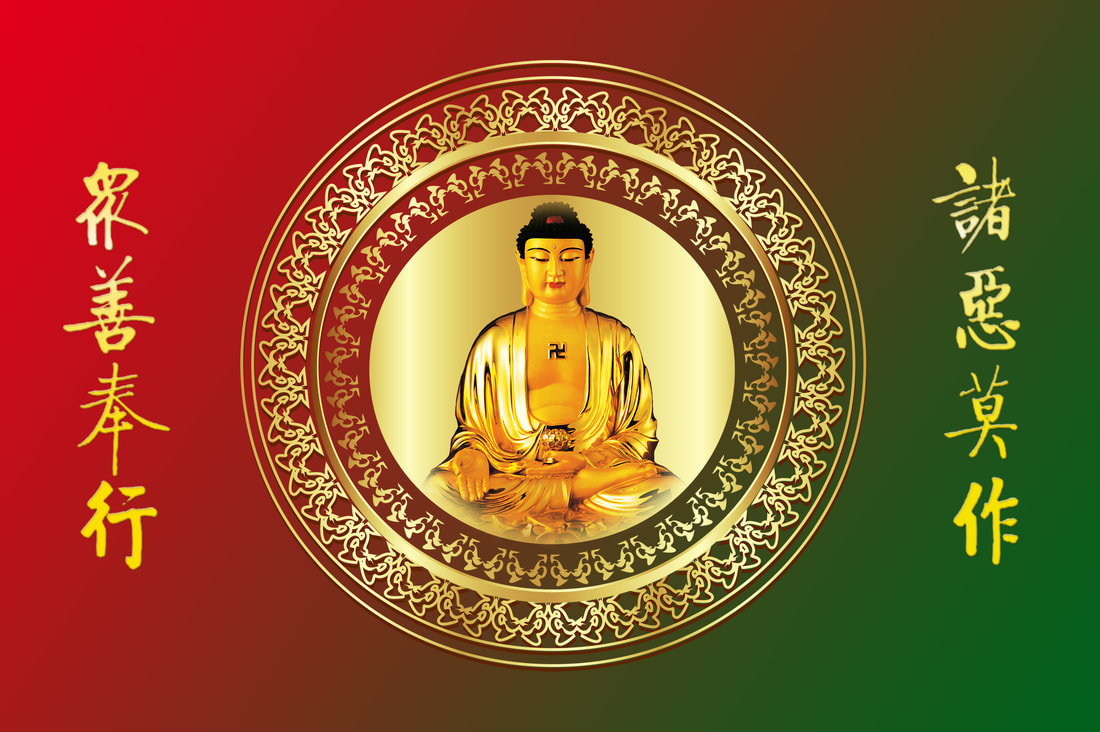
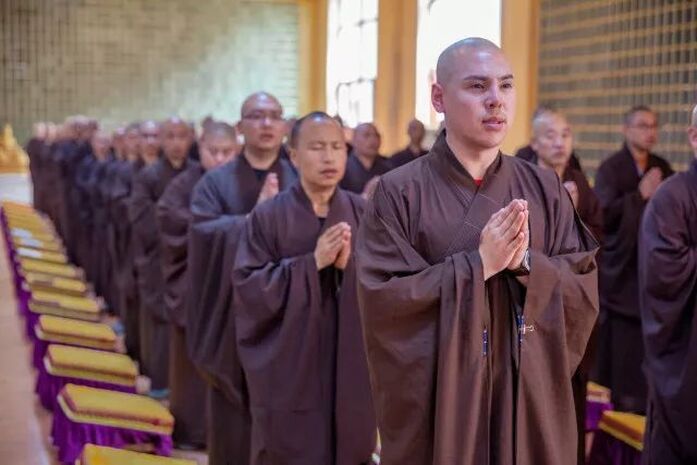
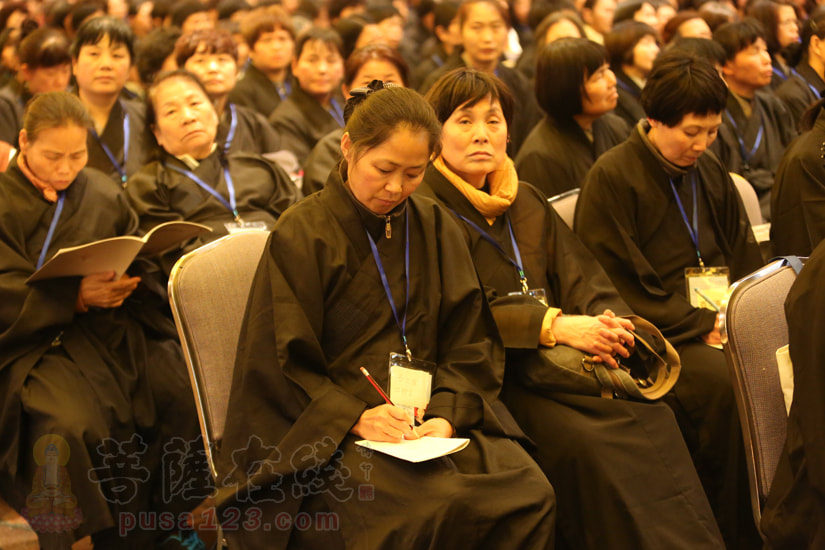
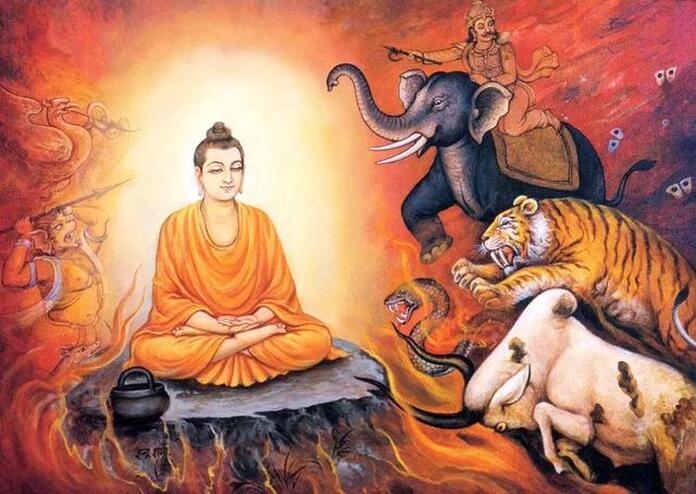
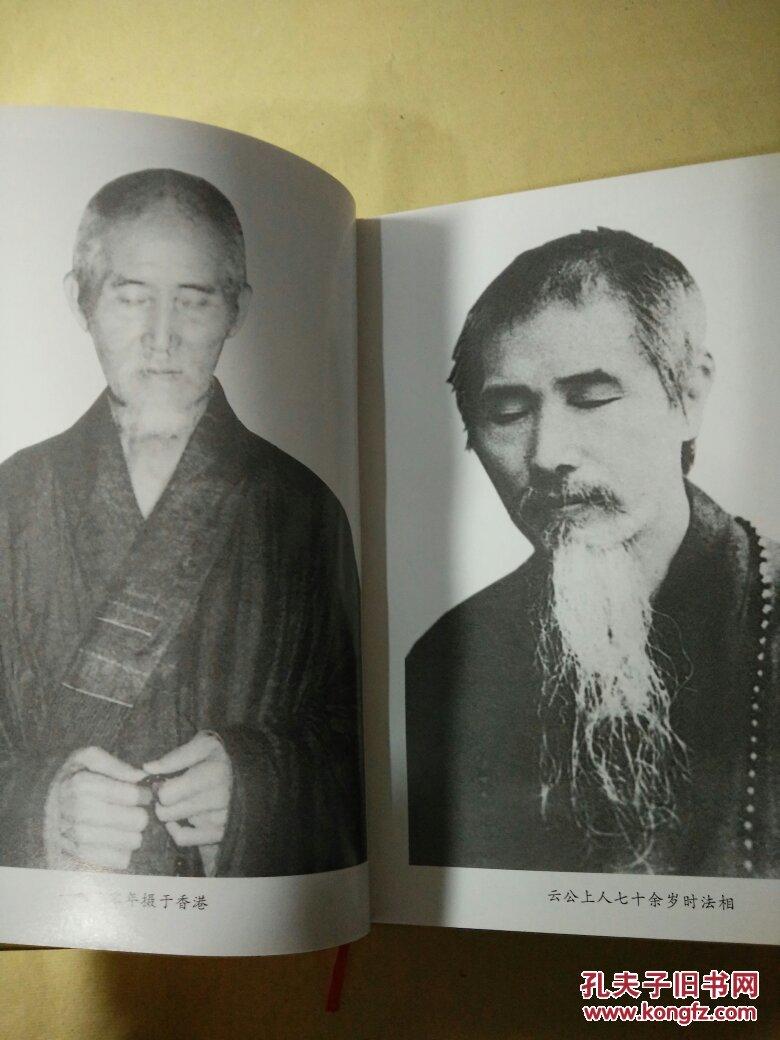
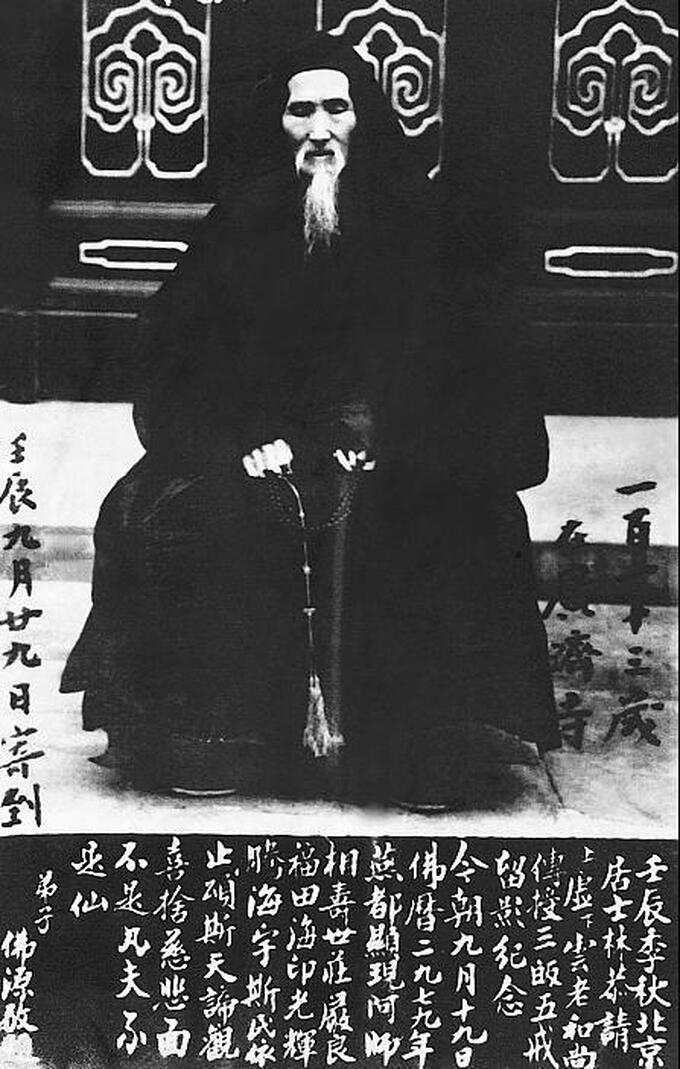
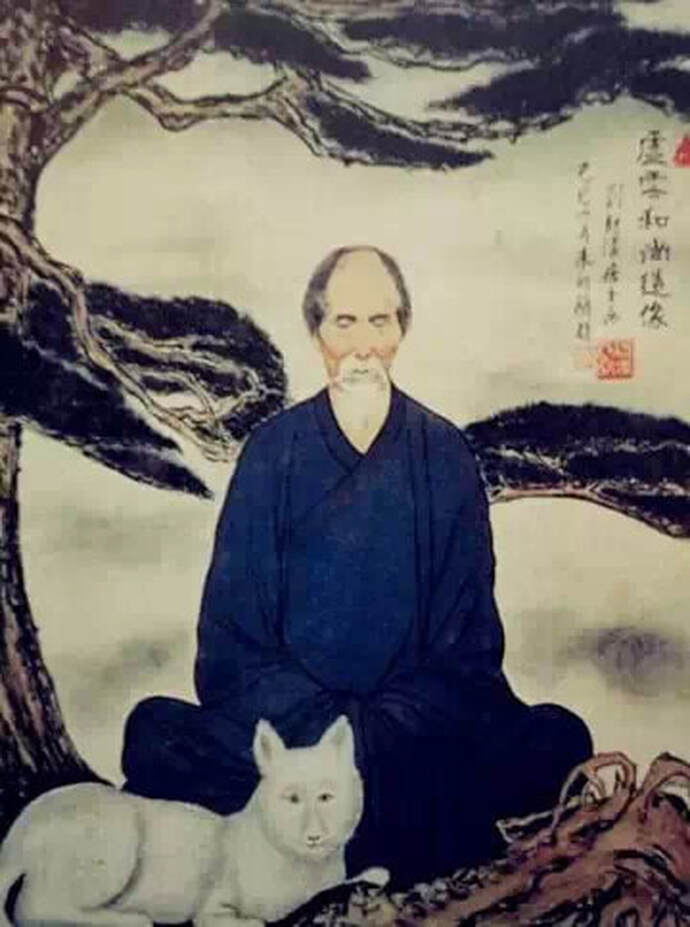
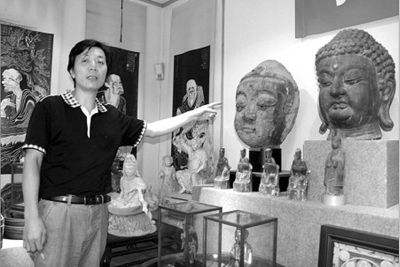
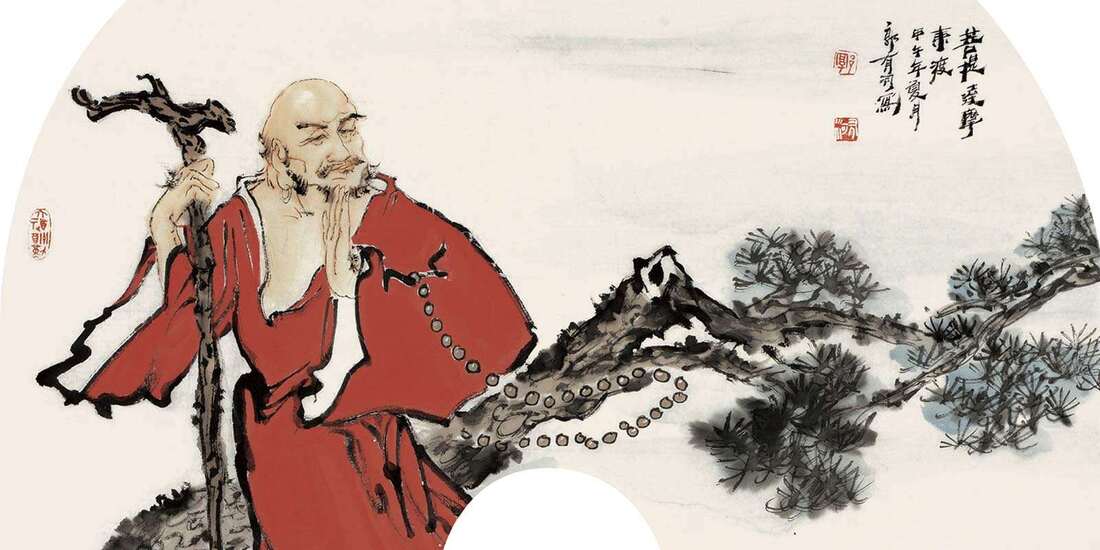
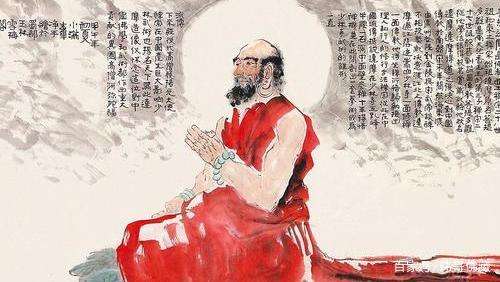
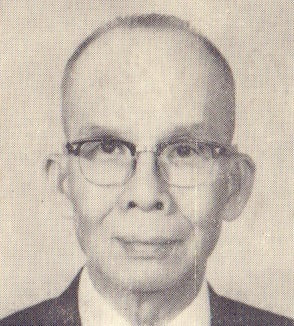
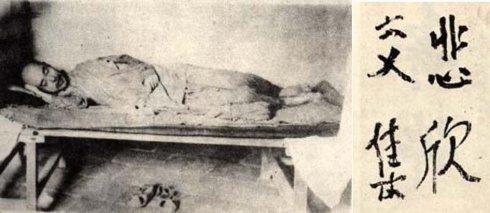
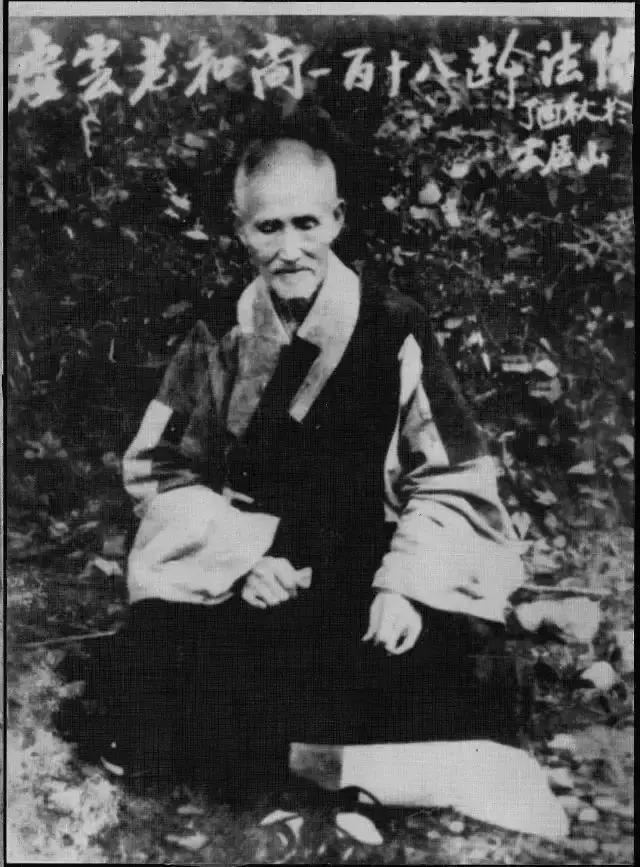
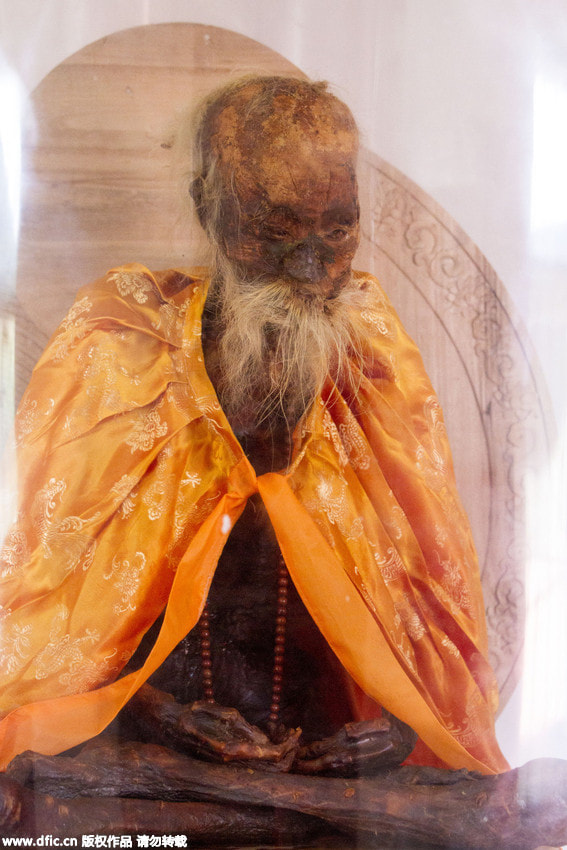
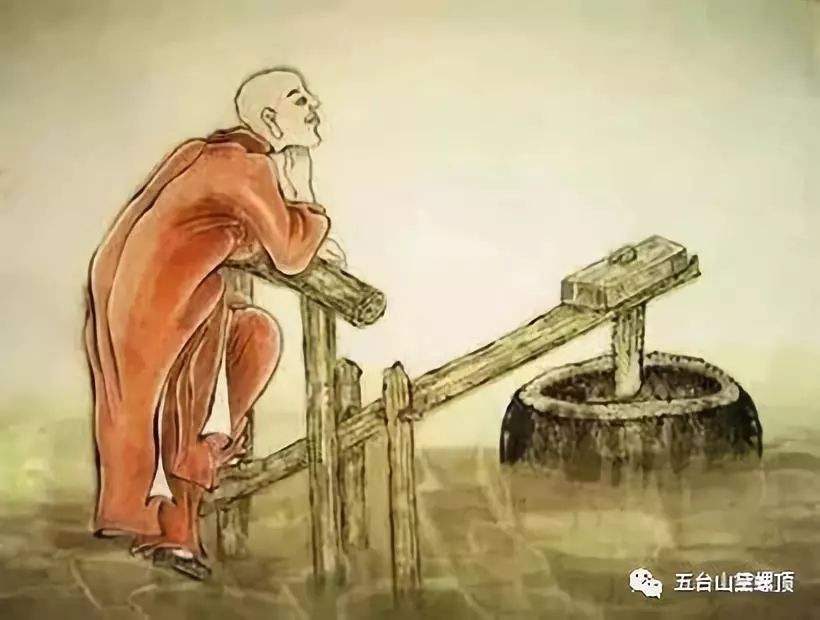
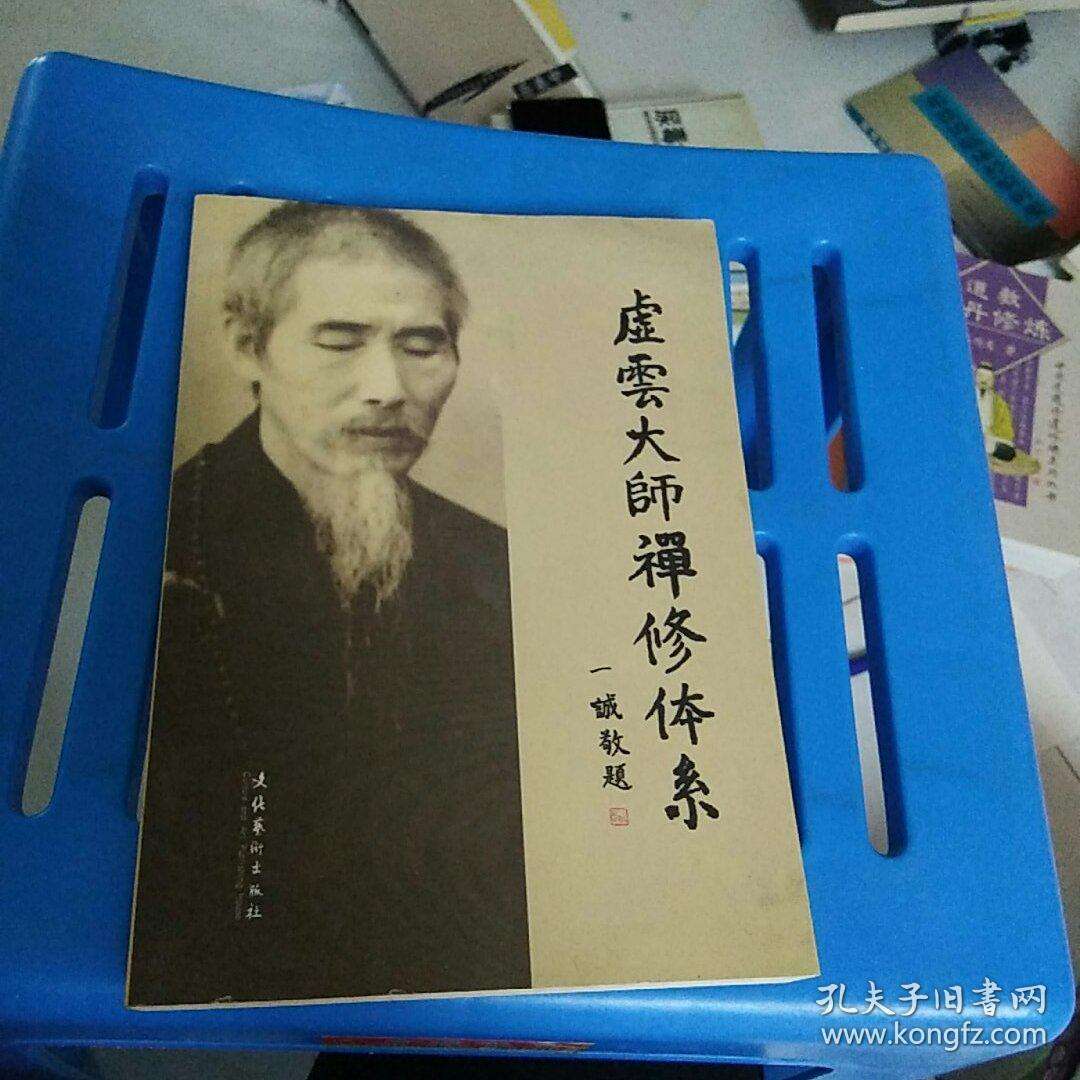
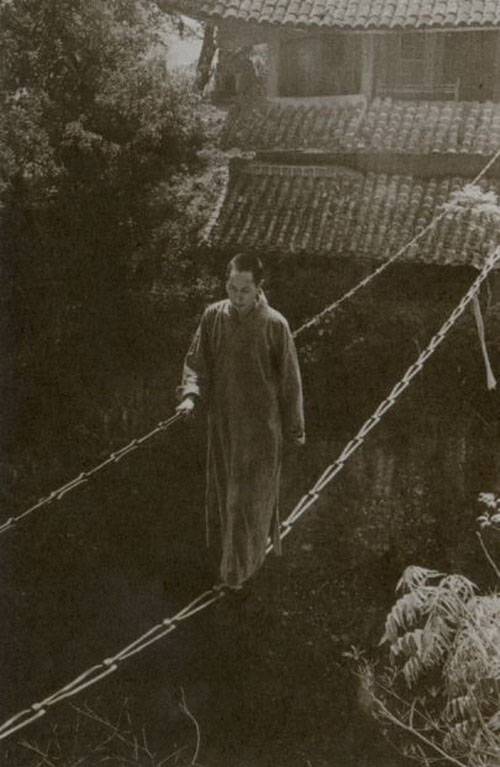
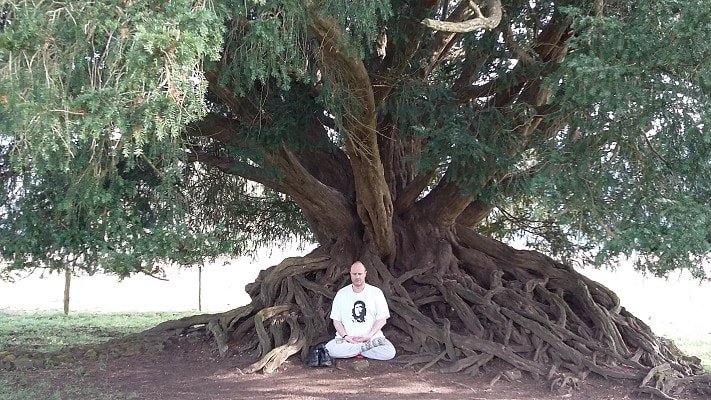
 RSS Feed
RSS Feed